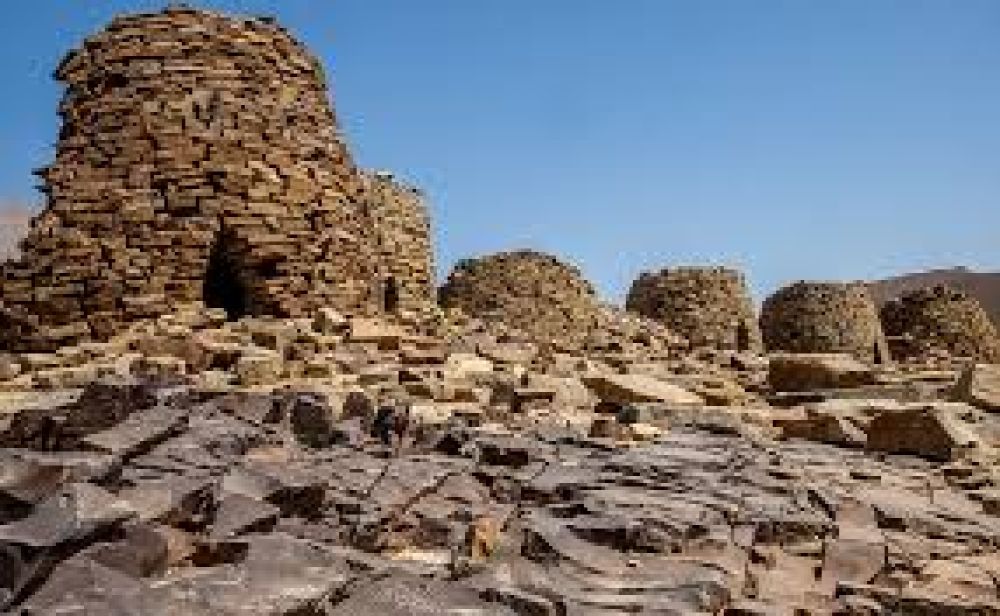The Bat Archaeological Site is a collection of necropolises and settlements in Ibri, Sultanate of Oman, and is one of the most important prehistoric sites in the Arabian Peninsula. Discovered in the 1970s, the site dates back to the 3rd millennium BC, showcasing the Bronze Age. It is famed for its 'beehive' tombs, which are circular structures made from local stones and are named for their unique shape. The Bat area, including the nearby sites of Al-Khutm and Al-Ayn, displays an exceptional level of engineering and use of available materials, illustrating the cultural practices of that era. Designated as a UNESCO World Heritage Site in 1988, Bat provides significant insights into the socio-economic life of ancient Arabian communities, with its towers, houses, and burial mounds. This archaeological treasure offers a window into the early development of human settlement in the Omani desert landscape and the early adoption of oasis agriculture. Its remote location and the arid environment have contributed to the good preservation of these ancient remains, which continue to captivate archaeologists and cultural enthusiasts alike.

